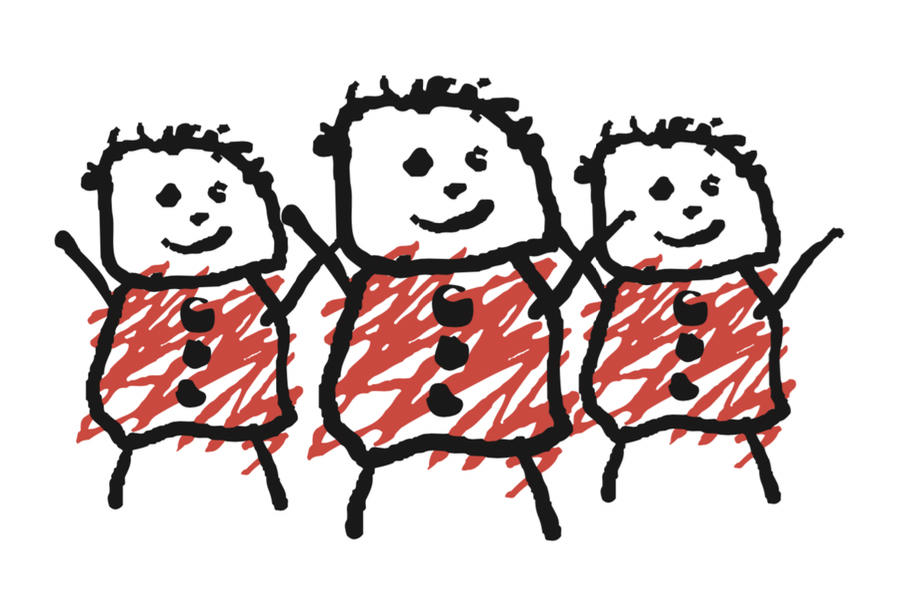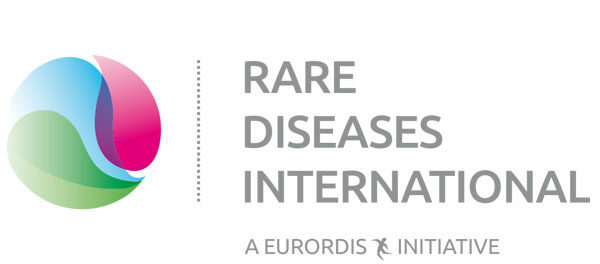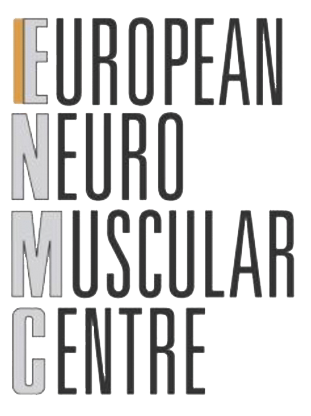#apaperaday: Brother of Cure Rare Disease CEO Dies in Trial of Duchenne Muscular Dystrophy Therapy
In today’s #apaperaday, Prof. Aartsma-Rus reads and comments on the paper titled: Brother of Cure Rare Disease CEO Dies in Trial of Duchenne Muscular Dystrophy Therapy
A very brief report in Mary Ann Liebert journal Human Gene Therapy by Philippidis on the Duchenne patient who died participating in an individualized trial for CRISPR gene editing for Duchenne. Doi: 10.1089/hum.2022.29228.bfs.
CRISPR can edit the DNA. As Duchenne is a muscle disease, correcting mutations is challenging, since this process is not active in postmitotic, non dividing muscle cells. However, DNA editing can be used to cause permanent exon skipping, instead of weekly ASO intravenous infusion.
DNA editing of the DNA of a single nucleus in a single muscle fiber in 1 of >700 muscles we have, will not have an effect. The tools for DNA editing (the scissor (cas9) and the guide that tells the scissor where to cut (CRISPR/guide RNAs) need to be delivered to all muscles.
This can be achieved with adeno associated viral vectors (AAV) that are also used to deliver micro-dystrophin. HOWEVER, for DNA editing you need one AAV to deliver cas9 and one to deliver the guides (cas9 is big and fills up one whole vector).
This means you either need twice the dose of micro-dystrophin OR half the dose for cas9 and the guides. Twice the dose likely will not be tolerable, but half the dose for each may be too little to have an effect.
Secondly, there are immune problems expected. AAV mediated gene delivery cannot be used in people who have already encountered AAV in the past. Even those who have not, need to be immune suppressed to avoid a massive immune response. Normally you are infected with a few viruses.
With AAV gene therapy you are injected with 100,000 billion viral particles per kg bodyweight – a huge amount so the immune system will react – even if you suppress it. Furthermore, these AAVs will go to the muscle, but more will go to the liver – which will have a hard time.
For DNA editing there is an extra problem: the cas9 protein. This is bacterial protein, so many individuals will already have immunity against this. If the body starts expressing cas9 after AAV delivery, this can lead to breakdown of those cells by the immune system.
Now back to the paper, where there was an individualized DNA editing plan for a single Duchenne patient using AAV CRISPR/cas9. Sadly the patient died. What is not known is whether he died after treatment or during pre-treatment (immune suppression), or from Duchenne.
Of course a combination of different things is also possible. Hopefully data will be shared about this incredibly sad outcome so we can learn from this. Meanwhile my heart goes out to the family and friends of this patient for their loss.







